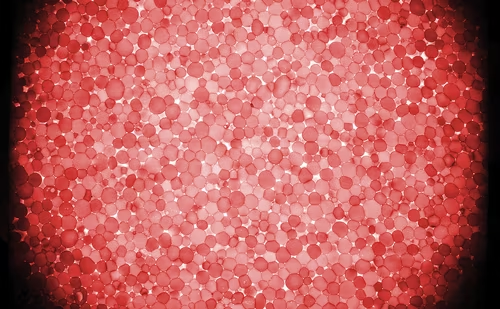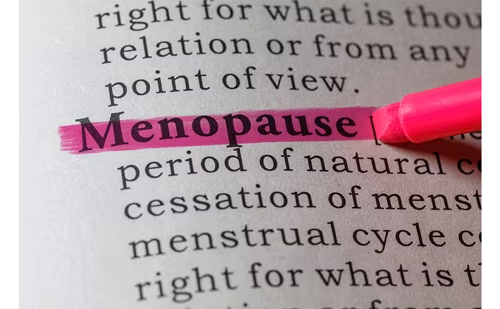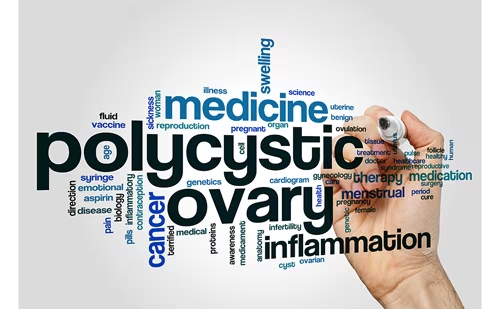Central Nervous System Targets
Central Nervous System Targets
At the level of the central nervous system (CNS), neurotransmitters and their receptors and neuronal pathways represent molecular targets that may be exploited for the purpose of treating ED. Prominent among these are the chemicals dopamine, melanocortin, oxytocin, hexarelin analogue, serotonin, noradrenaline, and NO. The dopaminergic system has already been approached at the clinical level with the development and use of apomorphine, a dopamine receptor agonist. Regulatory approval for the human use of this medication has been achieved in countries outside of the US. However, because of nausea and syncope, the medication has not been approved for clinical distribution in the US. Nonetheless, preclinical studies have continued to show that the dopaminergic system may be fruitful for clinical applications, and further studies of this sort may lead to the development of dopamine-selective agonists operating at specific receptor subtypes in the human brain that exert optimal clinical efficacy without adverse effects.
An additional system that has gained great interest for its potential in the treatment of ED is the melanocortinergic system. Early phase clinical trials have demonstrated that PT-141, a cyclic heptapeptide melanocortin analogue, elicits erectile responses in both healthy men and men with mild-to-moderate ED. These trials have demonstrated responses in men who were non-responsive to PDE5 inhibitor therapy. The medication can be administered by either intranasal or subcutaneous routes. Study participants have tolerated the medication only reporting occasional flushing and nausea. At this time, regulatory agency approval of this medication has not yet been achieved. Further studies are necessary to develop and evaluate drugs contended to have utility via other select neuronal systems at the CNS level. Peripheral Targets
Chemical released at terminations of the peripheral nervous system in the penis and by cellular constituents of this tissue, which have shown physiologic effects on the relaxant response of this tissue, point to possible peripheral targets that could be exploited clinically. These targets include not just the chemical mediators themselves but also the molecular signal transduction systems through which they operate. Current knowledge has led to the definition of various chemical mediators and their mechanisms whereby pharmacotherapeutic regimens have been based.For instance,α-adrenoceptor antagonists such as phentolamine, the prostanoid prostaglandin E1, and the non-specific phosphodiesterase papaverine have been prominently used for intracavernosal pharmacotherapy. Additional interest has turned to alternative approaches to oppose cavernosal tissue vasoconstriction, which if controlled could promote the erectile response. Thus, agents such as endothelin antagonists, vasoconstrictive prostanoid inhibitors, and inhibitors of the RhoA/Rho-kinase pathway could represent exciting new directions for clinical management.The RhoA/Rho-kinase pathway has been shown to be a major site of convergence for many vasoconstrictive mediators, such that targeted therapy exploiting this pathway may afford a tremendous approach to promote erectogenesis. It is recognized that the ubiquitous characteristic of this pathway in the body presents a challenge for assigning its utility for genital responses. Specific drugs that target penile tissue, perhaps by specific Rho-associated proteins, would seem to be a potential direction to induce intended effects without causing adverse effects elsewhere.
The knowledge that the NO signaling mechanism is the main player in controlling the erectile response in the penis has led to initiatives to investigate and target components of this pathway more fully for the treatment of ED. Already, PDE5 inhibitors operate by this pathway, and clinical efficacy of this class of medications, which includes sildenafil, vardenafil, and tadalafil, has been well established. Guanylate cyclase activation has also rapidly emerged as a possibly important mechanism associated with the NO pathway that could have clinical relevance. Preclinical studies applying guanylate cyclase activators have been performed in vivo showing erectogenic potential. For the future, this pathway may be further studied with the identification of specific molecular sites applicable for ED management.
Growth Factor Therapy
Growth factor interventions for ED management refer to therapies based on chemical factors relevant for the structural and functional health of the penis. Neurotrophins such as nerve growth factor fill a category of therapies known as therapeutic neurogenesis and have applications for neurogenic ED. Angiogenic factors such as vascular endothelial growth factor may facilitate signaling and homeostasis of the vascular system relevant to the erection response. Such categories represent neuroprotection and vasculoprotection, respectively, and bring high levels of excitement because of their conceivable corrective influence in the face of disease states causing ED. At this time, further clinical studies are warranted to establish the exact potential for growth factor therapy in the management of ED.The key issues are whether such molecular sites can be targeted in such a way for controlled therapeutic purposes without causing untoward proliferative or dysfunctional effects involving structures elsewhere in the body Cell and Tissue Engineering
Cell and tissue reconstitutive therapies also draw substantial interest because of their potential to correct ED and restore normal erectile function. Nerve reconstruction, the structural repair or reconnection of nerves after injury of the autonomic nerve supply to the penis, has already been introduced to the field clinically with the application of autologous cavernous nerve interposition grafting at the time of radical prostatectomy. The concept for this purpose is particularly intriguing, but confirmed success with nerve grafting presently remains limited. On-going investigation in this field may lead to alternative grafting materials and techniques having greater success in the future.
The basic scientific area relating to tissue reconstruction for the penis is in its infancy, although much promise for this approach in the future is anticipated. Preclinical work has demonstrated the feasibility of tissue engineering approaches.This work encompasses the creation of genital structures with the admixture of smooth muscle, endothelial cells, and other components of erectile tissue including nerves and connective tissue. Because of the architectural, biomechanical, and functional requirements of the penis and its associated structures, progress in this field will be a major challenge.
Gene Therapy
Gene therapy does represent a potentially exciting new direction for ED management.The concept is based on the introduction of foreign genetic material into human cells either to restore or supplement normal cellular function. The exact role would be to correct defective function or otherwise functionally antagonize the effects of an adverse genetic phenotype. Numerous preclinical studies have been carried out in the field of ED demonstrating the high feasibility of such intervention. The penis offers several unique and suitable properties for gene therapy, including its external accessibility, its content of smooth muscle cells of which only a small fraction may need to be modified for functional purposes, and the low turnover rate of these cells which evidently permit longstanding gene expression. Presently, the intracavernosal administration of hSlo cDNA, which encodes for the large-conductance calcium-sensitive maxi-K channel, has moved forward in early human clinical testing, suggesting that it has promise clinically. It is acknowledged that major safety hurdles as well as requirements for controlling a conditional response will need to be met before implementing this therapy in the future.
Summary
Significant advances have been made in the past 20 years in the science and medicine of ED.A host of treatments are either newly available qr emerging for this purpose. Advances have clearly been based on an increased knowledge of the basic mechanisms of penile erection and that associated with its pathophysiology. It is recognized that ideal interventions for ED should fully restore natural erectile ability. This notion then implies that an intervention would be applied with long-term efficacy and in the absence of repeated administrations. This field is clearly unlimited when one considers multiple possibilities for medical advance ranging from pharmacotherapeutics to gene therapy. Undoubtedly, the future of ED management is eagerly awaited.







